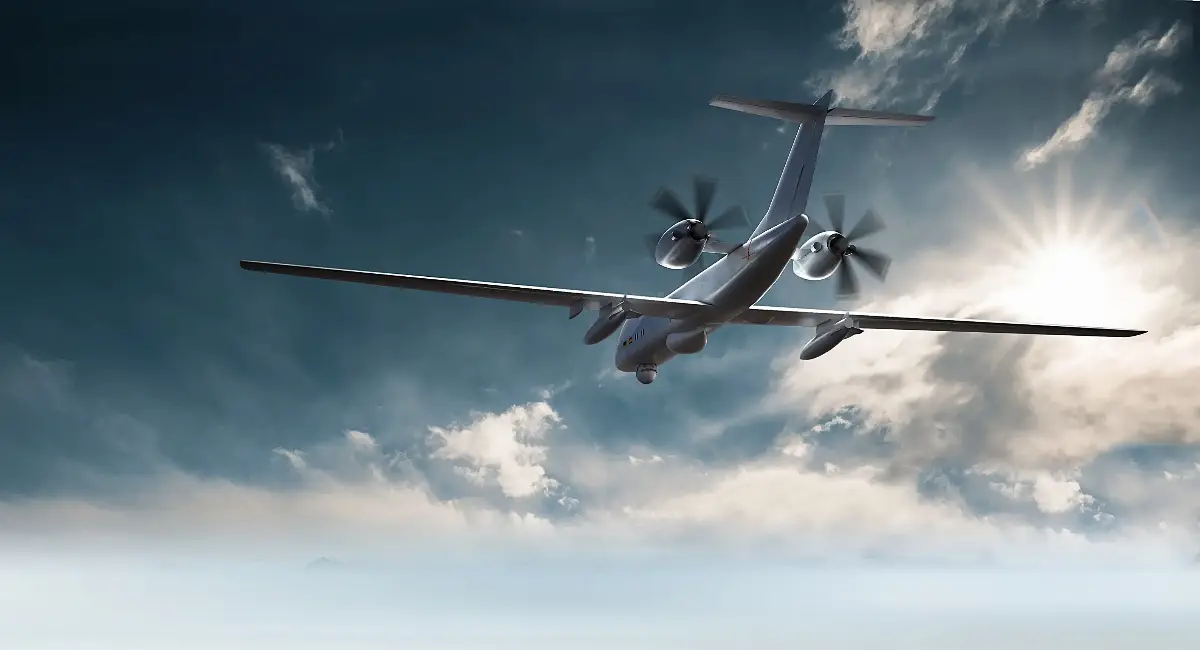
Eurodrone: France abandons European armed fighter aircraft project: what happens now?
Paris withdraws from the Male Rpas € 7 bn program: why, implications, reactions, future prospects

The future of European industrial cooperation hangs in the balance...
The Eurodrone project (formally known as MALE RPAS - Medium Altitude Long Endurance Remotely Piloted Aircraft System) was born from the need of the main European countries to equip themselves with a remotely piloted aerial system for surveillance and combat, freeing themselves from dependence on American systems (such as the MQ-9 Reaper) or Israeli ones. The initiative was officially launched in 2015 and saw the participation of four key countries: Germany, France, Italy and Spain. The industrial consortium is led by Airbus Defence and Space as prime contractor, with Dassault Aviation (France) and Leonardo (Italy) as the main industrial partners. The objective was to create a drone with exceptional endurance (up to 40 hours) and a large payload capacity, armed and ready for operational use by 2028-2030.
The first steps...
- May 2015: France, Germany and Italy signed a Declaration of Intent (DoI) to start a two-year definition study for the new European unmanned aircraft (see news AVIONEWS).
- September 2016: The formal definition study phase, managed by the European agency OCCAR and conducted by Airbus, Dassault and Finmeccanica (today Leonardo), was officially launched.
- 2022 (February): the development and production contract worth €7.1 billion with the four participating countries (France, Germany, Italy and Spain) was signed, kicking off the programme's execution phase.
Despite the commitment, the programme faced significant challenges from the outset: disagreements over technical requirements, complexity in managing the international consortium, and above all repeated delays and a substantial cost increase. The development and production contract for 21 systems (63 aircraft in total) was signed only in 2022 with an estimated total cost of around €7.1 billion.
Paris's decision and the official reasons
The long-rumoured possibility of a French withdrawal, which had circulated for months, was confirmed a few days ago, on Friday 17 October 2025, by the French Ministry of the Armed Forces. France formally notified the partners of its intention to leave the programme. The main reasons are:
- Unsustainable costs and delays: the project is judged too costly, with cost increases that exceeded expectations and an entry into service pushed ever further away.
- Operational efficiency: according to French government sources, the Eurodrone would be too large and complex, with an operational weight double that of the US MALE systems already in use, compromising its agility and competitiveness on the modern battlefield.
- Strategic priorities: Paris intends to concentrate its financial and industrial resources on defence programmes deemed priorities and more mature, in particular the sixth-generation fighter project FCAS (Future Combat Air System) and the development of more agile, lower-cost remotely piloted aerial systems, such as the national alternative Aarok.
Government reactions
The withdrawal of France has triggered immediate reactions among the remaining partners and industry.
- Italian Government (and Spain/Germany): there has not yet been an official joint statement from the Italian, Spanish and German governments, but France's exit represents a hard blow. Ministerial sources suggest that the countries will now have to renegotiate shares, requirements and timelines. The common objective remains to keep the project alive, fundamental for European strategic autonomy.
Industry reactions (Leonardo, Airbus, Dassault)
- Leonardo: the Italian company, a key partner, has expressed the need for a rapid renegotiation. Leonardo's role, already involved in propulsion through the selection of the GE Catalyst turboprop (which has a significant Italian component), could even be strengthened in an attempt to rebalance the consortium.
- Airbus Defence and Space (prime contractor): Airbus now has to manage the redefinition of one of its flagship projects. It stressed the importance of European cooperation, but will now have to work with the remaining partners to find a new economic and technical structure that ensures its sustainability.
- Dassault Aviation (France): pfor the French company the withdrawal was expected. Dassault will now focus more on the FCAS programme, where it retains a crucial leadership role, and on the development of more agile and faster MALE solutions in response to French defence requirements.
Updates and future prospects
As of today, Tuesday 21 October 2025, attention is shifting to the next moves by Berlin, Rome and Madrid.
- Technological risk: without French participation the project risks losing not only financial resources but also important technical and industrial know‑how.
- Downsizing: the most likely hypothesis is a downsizing of the overall order and a revision of requirements, aiming for a less complex but economically more sustainable solution for the three remaining partners.
- Autonomy at risk: the French disengagement raises serious questions about Europe's ability to complete complex and costly joint defence projects, undermining the path toward full strategic autonomy in the aerospace sector. The decision reinforces, at least in the short term, Europe's dependence on US-produced MALE platforms.
AVIONEWS - World Aeronautical Press Agency